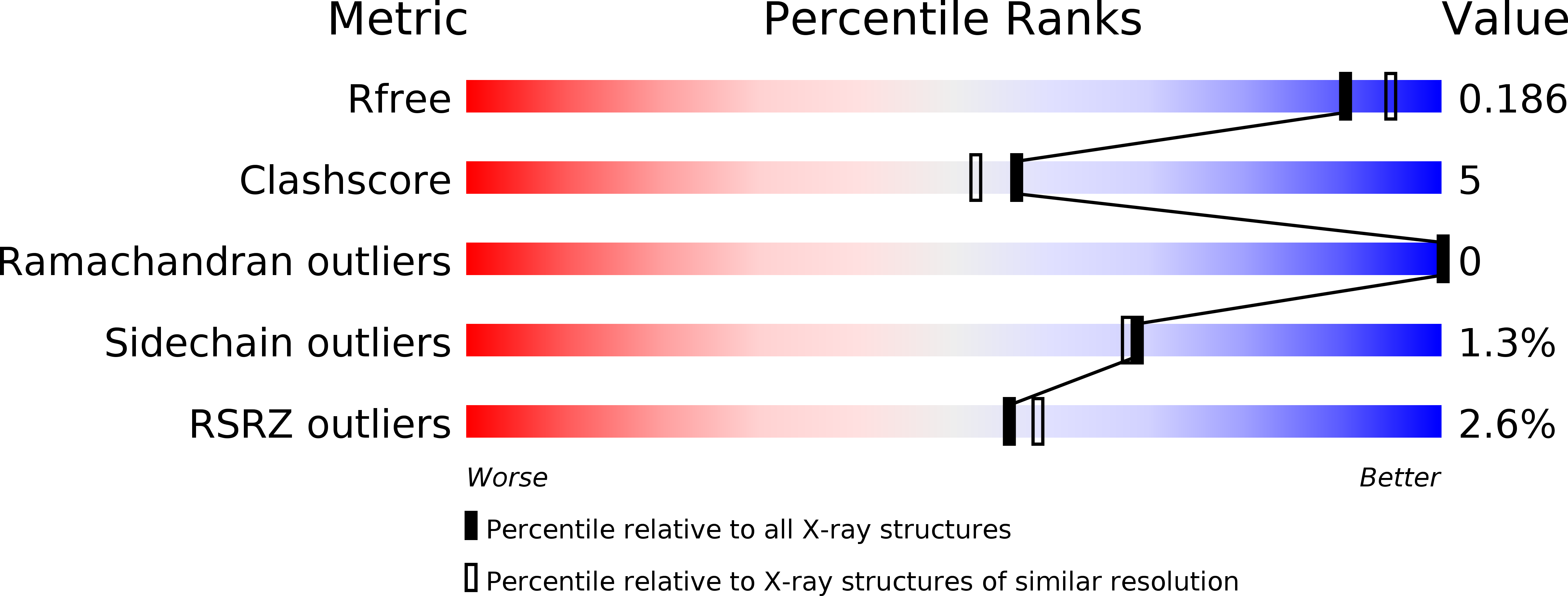
Deposition Date
2013-12-20
Release Date
2014-05-14
Last Version Date
2024-02-28
Entry Detail
PDB ID:
4O66
Keywords:
Title:
Crystal Structure of SMARCAL1 HARP substrate recognition domain
Biological Source:
Source Organism:
Mus musculus (Taxon ID: 10090)
Host Organism:
Method Details:
Experimental Method:
Resolution:
1.90 Å
R-Value Free:
0.19
R-Value Work:
0.16
R-Value Observed:
0.17
Space Group:
P 21 21 21


